Accordingly, the water flow to lakes nationwide increased slightly compared to yesterday but remained low. The water level of some lakes in the Northern, North Central, Southeast, and Central Highlands regions was approximately at or below the dead water level.
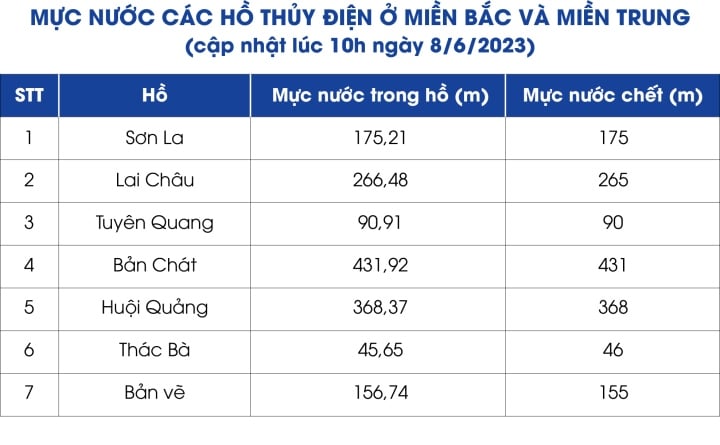
Source: EVN
In the South Central Coast region, the water level of the lakes is at the required water level according to the operating procedure.
" The amount of water flowing into the reservoir is mainly to regulate the water to ensure minimum flow. Hydropower plants operate to generate electricity using the water flow. Some plants have to stop to ensure the safety of the generators when operating with low flow and water column below the design. It is difficult to meet the electricity generation according to the reservoir operation process at this time ," the report stated.
According to the Department of Industrial Safety and Environment, some lakes are currently at dead water levels, including: Lai Chau , Son La, Thac Ba, Tuyen Quang, Ban Ve, Hua Na, Trung Son, Thac Mo, Tri An.
Some hydropower plants had to stop generating electricity because the flow and water level of the reservoir were not guaranteed: Son La , Lai Chau, Huoi Quang, Thac Ba, Tuyen Quang, Ban Ve, Hua Na, Trung Son, Tri An, Dai Ninh, Pleikrong.
Hydrological forecast, water flow to the lake in the next 24 hours will increase slightly but still low.
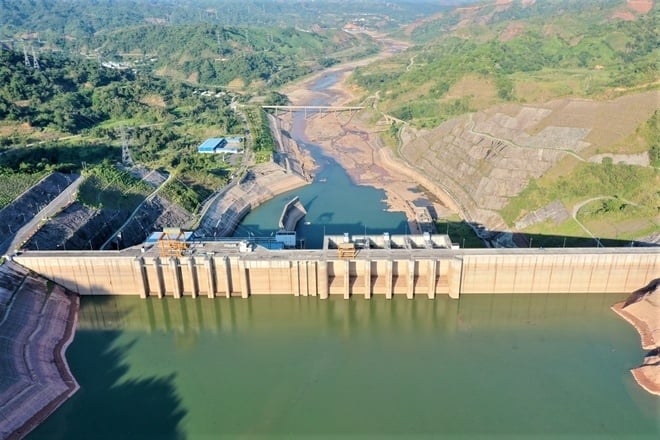
On June 6, hydroelectric reservoirs in the North almost stopped generating electricity. Only Hoa Binh Hydroelectric Plant was still operating (releasing water to generate electricity). (Photo: EVN)
Previously, on the afternoon of June 7, providing information on the electricity supply situation, Mr. Tran Viet Hoa, Director of the Electricity Regulatory Authority, Ministry of Industry and Trade, said that the Northern power system faced the risk of a capacity shortage at most hours of the day.
According to Mr. Hoa, the severe heat and the impact of the El Nino phenomenon occurring in many localities across the country have increased people's demand for electricity, combined with very low water levels in hydroelectric reservoirs, which have greatly affected electricity supply in the dry season of 2023.
Electricity supply to the Southern and Central regions will generally be guaranteed due to the presence of many power sources. Furthermore, the Southern region has now entered the rainy season, so the load will decrease and the water supply to hydroelectric reservoirs will improve.
Meanwhile, although EVN, PVN, TKV and relevant ministries and agencies have made efforts to implement a number of urgent solutions, there have been factors that negatively affect the assurance of sufficient electricity supply in the coming time, especially in the North (characterized by hydropower sources accounting for a large proportion of 43.6%).
"As of June 6, most of the major hydropower reservoirs in the North have reached the dead water level, including: Lai Chau, Son La, Tuyen Quang, Ban Chat, Hua Na, Thac Ba. Only the two hydropower reservoirs of Lai Chau and Son La have had to run below the dead water level. Only Hoa Binh hydropower reservoir still has water in the lake and can maintain power generation until around June 12-13. The total unmobilized capacity of the above-mentioned hydropower sources in the North will be at 5,000 MW and can reach 7,000 MW when Hoa Binh hydropower reservoir reaches the dead water level. Thus, as of June 6, 2023, the available capacity of hydropower is 3,110 MW, reaching only 23.7% of the installed capacity," said the leader of the Electricity Regulatory Authority.
Regarding electricity from thermal power plants, Mr. Hoa said that the coal supply for thermal power plants has been ensured in the past time, and coal-fired thermal power plants have had enough fuel to operate at high mobilized capacity.
However, due to hot weather and high temperatures, the units operated at maximum capacity for a long time, leading to equipment failures (mainly steam generator leaks, heater leaks, superheaters, coal crushers, feed pumps, etc.). In addition, many coal-fired thermal power units suffered long-term failures (1 unit in Vung Ang, 1 unit in Pha Lai, 1 unit in Cam Pha, 1 unit in Nghi Son 2). Typically, on June 1, the total capacity that could not be mobilized from coal-fired thermal power plants in the North that had failures and reduced capacity was up to 1,030 MW.
Thus, although the coal fuel source for power generation has been relatively guaranteed, as of June 6, 2023, the Northern coal thermal power source has only mobilized 11,934 MW, accounting for 76.6% of the installed capacity.
The ability to transmit electricity from the Central region to the North via the 500 kV North-Central line is always at a high limit (maximum limit from 2,500 MW to 2,700 MW), leading to potential risks of incidents.
The total available capacity of the Northern power system (including imported electricity) that can be mobilized to meet electricity load demand only reaches 17,500-17,900MW (about 59.2% of installed capacity).
Meanwhile, the demand for electricity in the Northern region may reach 23,500-24,000 MW in the upcoming hot days. Thus, the Northern power system will be short of about 4,350 MW with an average daily output of about 30.9 million kWh (the highest day can reach 50.8 million kWh).
To ensure electricity supply, in the coming time, the Ministry of Industry and Trade has proposed a number of immediate solutions such as requiring EVN to focus on effectively mobilizing all resources, and to synchronously and effectively direct and implement solutions to ensure electricity supply.
These include technical and traditional solutions such as maintaining the readiness of thermal power plants/units and speeding up troubleshooting time as quickly as possible.
Operate the power system reasonably, try to increase thermal power mobilization to prevent the decline of hydroelectric water levels; push the water levels of large hydroelectric reservoirs above the dead water level as soon as possible.
Proactively develop flexible scenarios to respond to electricity supply difficulties to minimize damage to people and businesses.
In addition, the Ministry also proposed solutions to increase the mobilization of renewable energy plants and accelerate the progress of putting transitional renewable energy plants into operation. To date, 18 transitional renewable energy plants with a capacity of 1,115.62 MW have been mobilized (including pilot and commercial plants).
At the same time, focus on effectively implementing solutions to increase electricity saving, especially in June 2023.
Images of severe water shortage at hydroelectric reservoirs (Source: EVN)
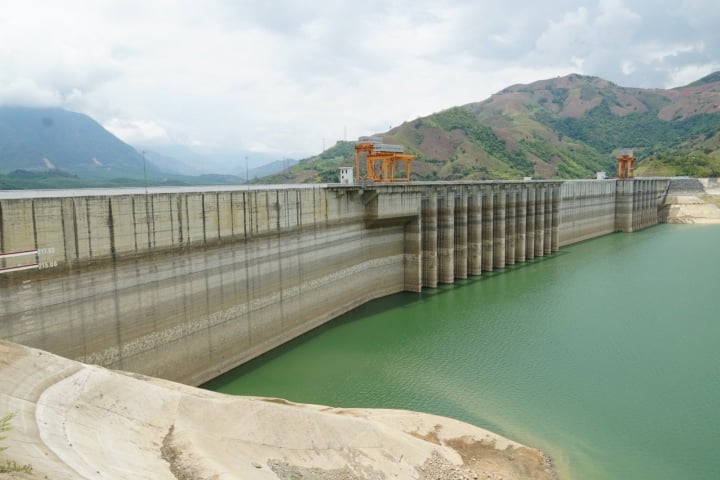
Son La Hydropower Plant - the largest hydropower plant in Southeast Asia with a total capacity of 2,400 MW is facing an unprecedented drought. On June 6, 2023, the water level in Son La Hydropower Reservoir was recorded at 174.93m, lower than the dead water level and 40.07m lower than the normal water level. This is the lowest water level since the plant was put into operation.
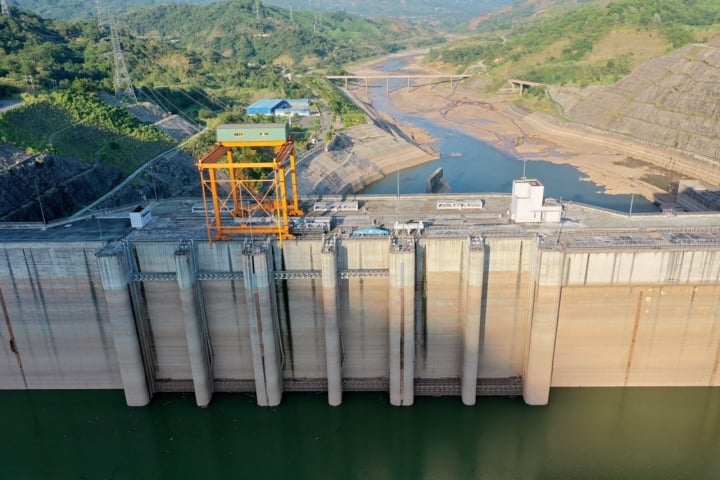
During the hot season of 2023, at many times, Lai Chau hydropower plant (1,200MW) had to operate below dead water level.
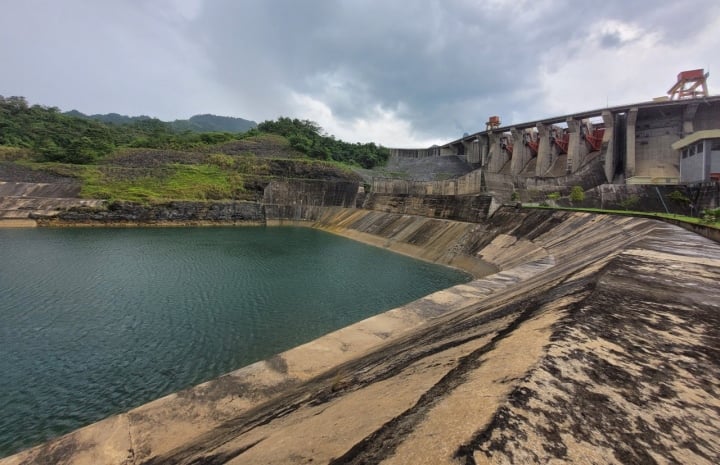
In the structure of electricity supply for the North, hydropower accounts for about 43.6%. However, as of June 6, 2023, the available capacity of hydropower in the North is 3,110 MW, only reaching 23.7% of the installed capacity. In the photo: on the morning of June 8, 2023, Tuyen Quang hydropower reservoir is only 0.91m from the dead water level.
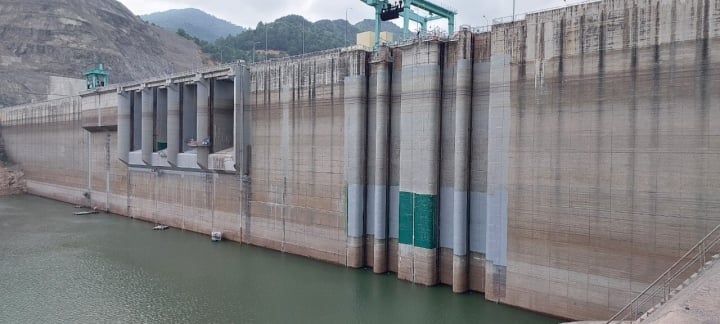
By early June 2023, the total unmobilized capacity of hydropower sources in the North was at 5,000 MW. In the photo: On the morning of June 8, 2023, Ban Chat Hydropower Plant was only 0.92 m from the dead water level.
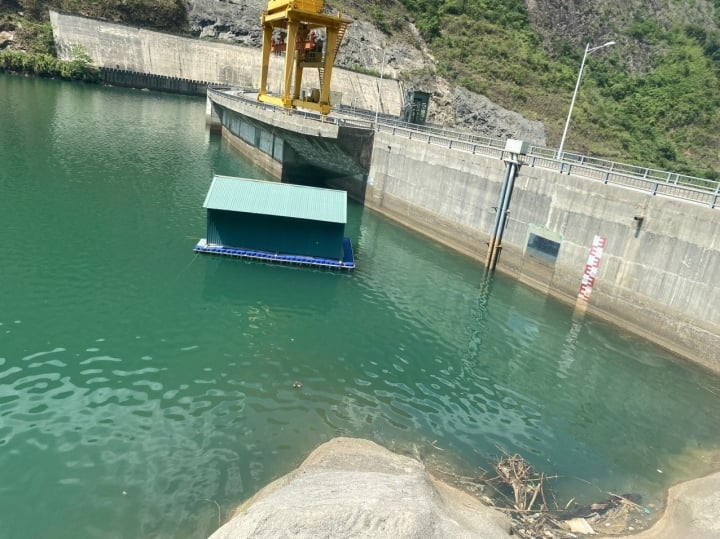
Huoi Quang Hydropower Plant (capacity 520MW) has also reached the dead water level (368m). The water level at the morning of June 8, 2023 was 368.37m.
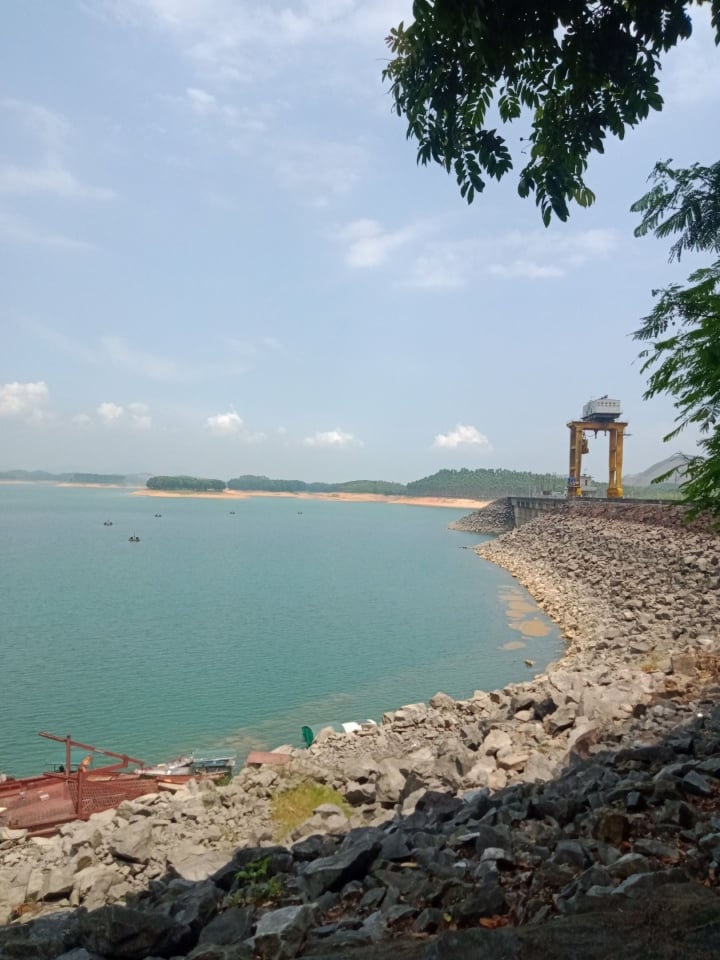
Thac Ba Hydropower Reservoir has returned to the dead water level, with the record on the morning of June 8, 2023 being 45.65m, 0.35m lower than the dead water level.
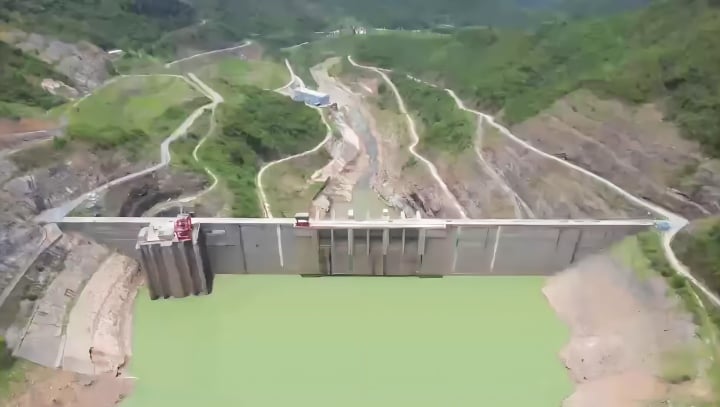
The severe water shortage of hydropower plants has made it very difficult to supply electricity to the North during the hot season of 2023. EVN has been making maximum efforts, mobilizing all resources, trying to ensure the best possible maintenance of the national power system's safe operation. In the photo: Ban Ve Hydropower Reservoir on June 6, 2023.
PHAM DUY
Useful
Emotion
Creative
Unique
Source




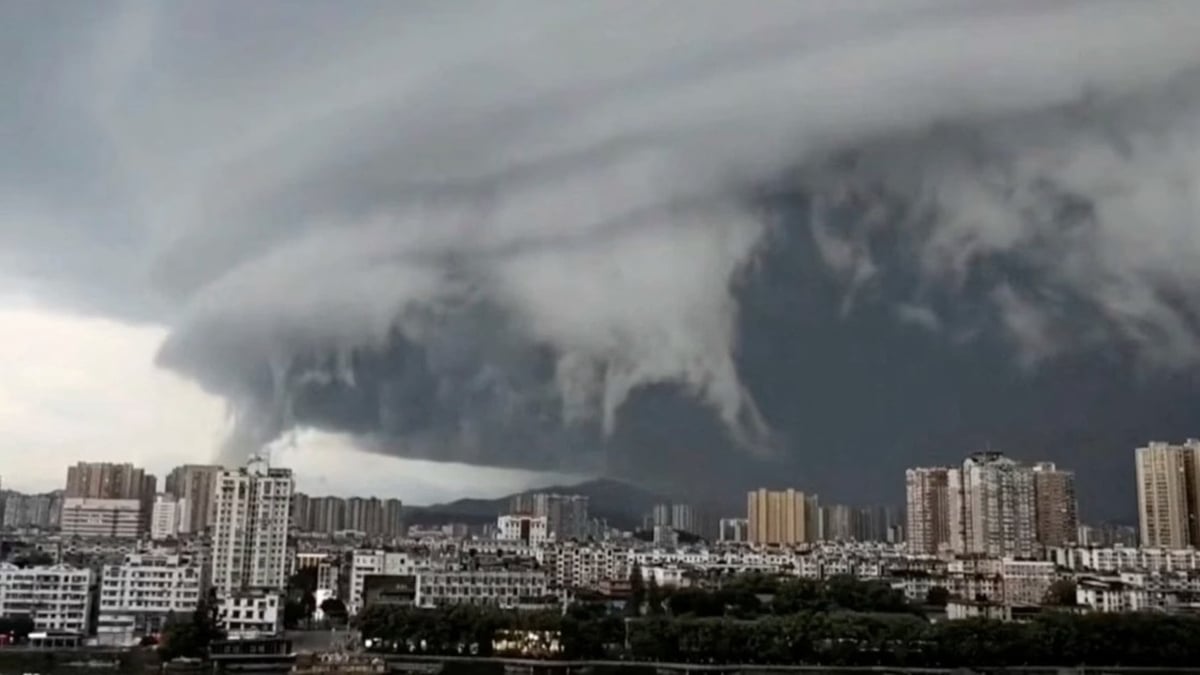



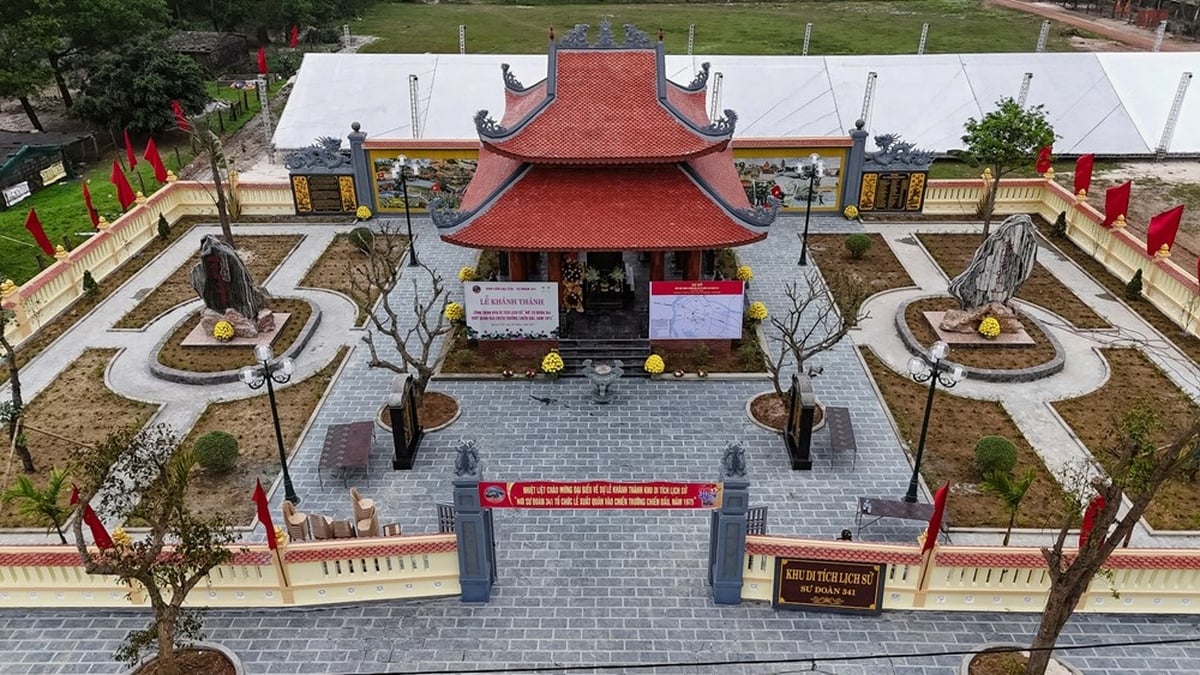

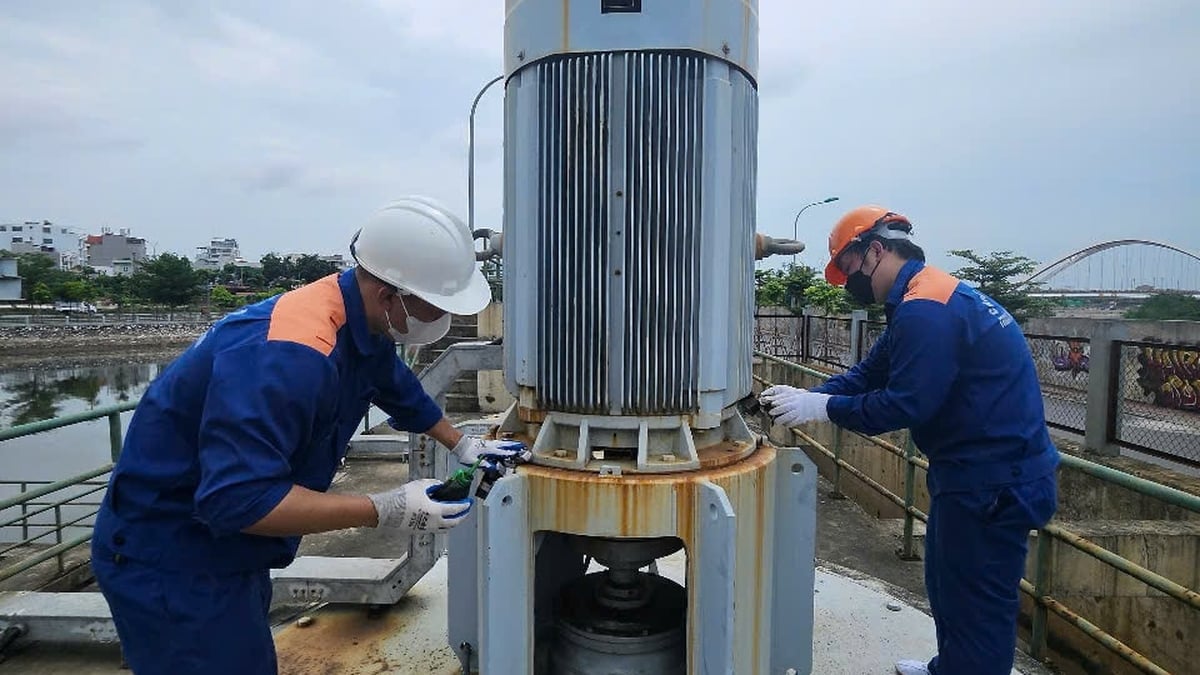
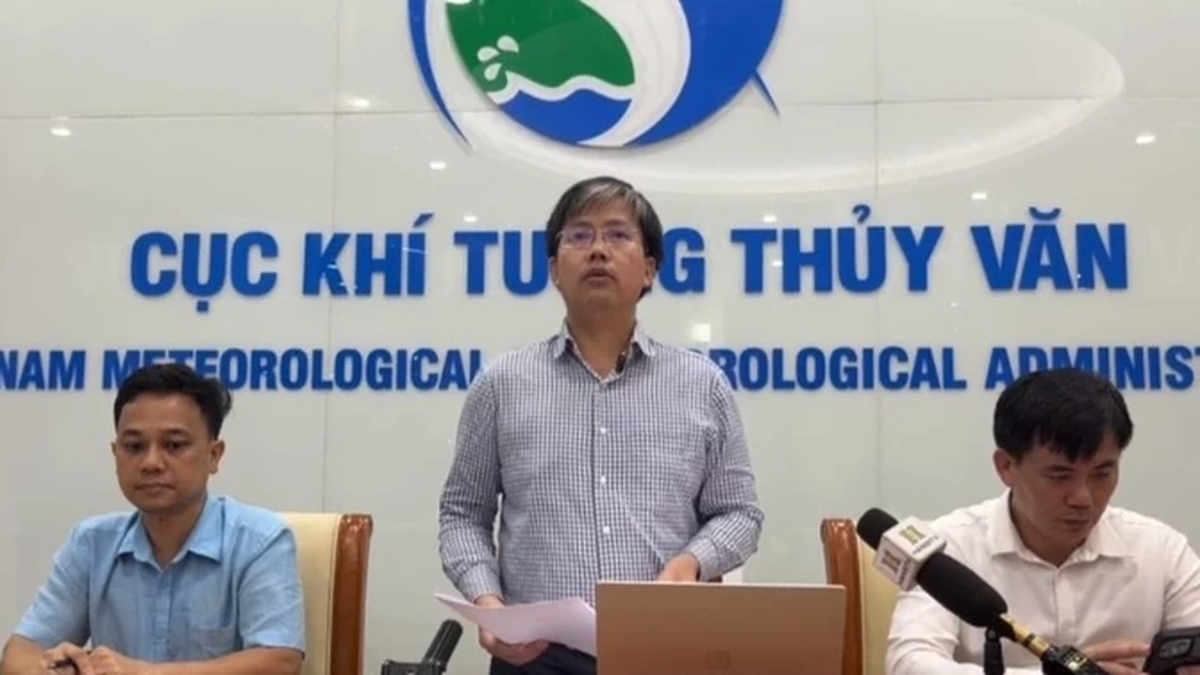














![[Photo] National Assembly Chairman Tran Thanh Man visits Vietnamese Heroic Mother Ta Thi Tran](https://vphoto.vietnam.vn/thumb/1200x675/vietnam/resource/IMAGE/2025/7/20/765c0bd057dd44ad83ab89fe0255b783)






































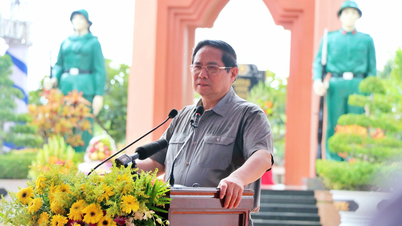
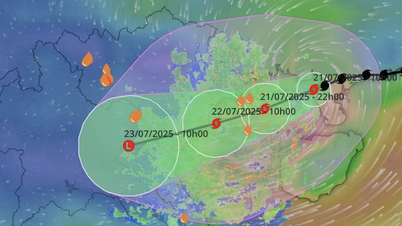
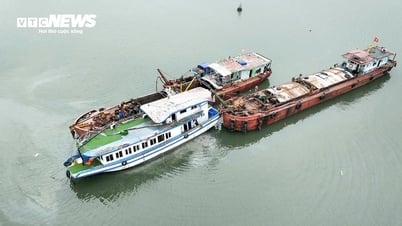


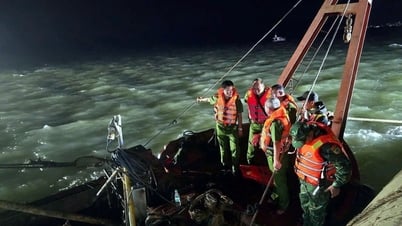






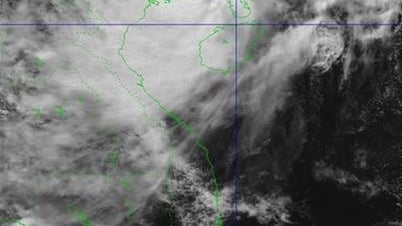





















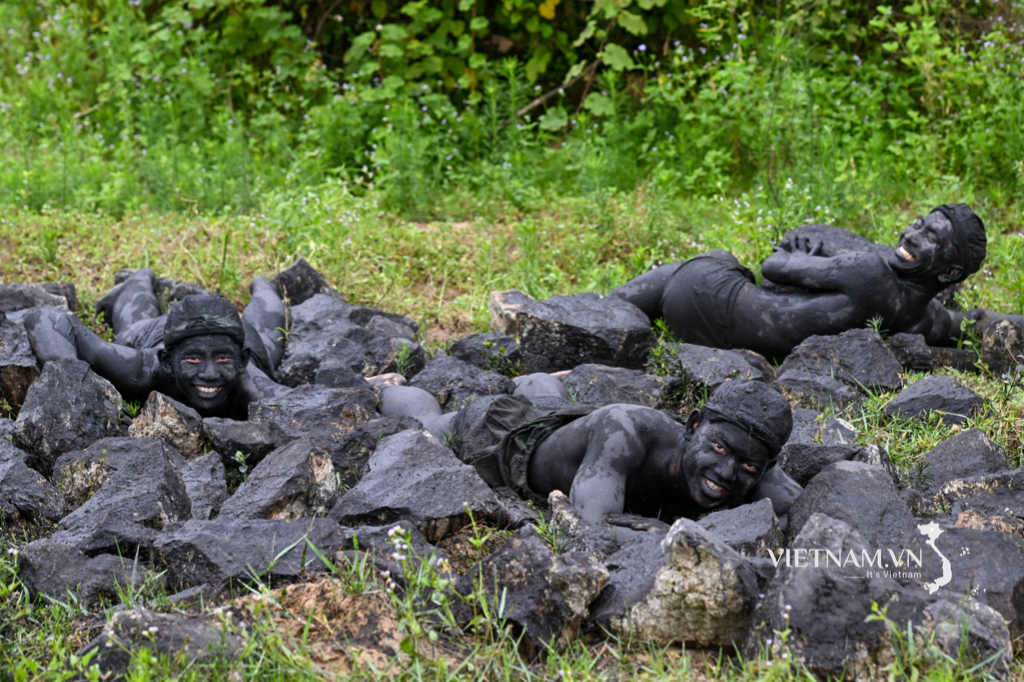

Comment (0)